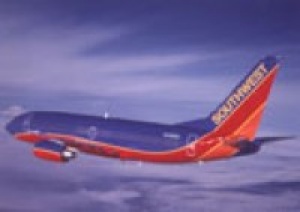FAA calls for further Boeing 737 checks

The Federal Aviation Administration has confirmed it will issue an emergency directive requiring operators of specific early Boeing 737 models to conduct initial and repetitive electromagnetic inspections for fatigue damage.
The decision follows a mid-air rupture of the fuselage skin on Southwest Airlines flight 812 on Friday.
“Safety is our number one priority,” said transportation secretary Ray LaHood.
“Last Friday’s incident was very serious and could result in additional action depending on the outcome of the investigation.”
The FAA action will initially apply to a total of approximately 175 aircraft worldwide, 80 of which are US-registered aircraft.
Most of the aircraft in the US are operated by Southwest Airlines.
“The FAA has comprehensive programs in place to protect commercial aircraft from structural damage as they age,” said FAA administrator Randy Babbitt.
“This action is designed to detect cracking in a specific part of the aircraft that cannot be spotted with visual inspection.”
The FAA airworthiness directive will require initial inspections using electromagnetic, or eddy-current, technology in specific areas of the aircraft fuselage on certain Boeing 737 aircraft in the -300, -400 and -500 series that have accumulated more than 30,000 flight cycles.
It will then require repetitive inspections at regular intervals.
Last November, the FAA published a rule designed specifically to address widespread fatigue damage in aging aircraft.
The rule requires aircraft manufacturers to establish a number of flight cycles or hours a plane can operate and be free from fatigue damage.
The rule requires aircraft manufacturers to incorporate the limits into their maintenance programs.

